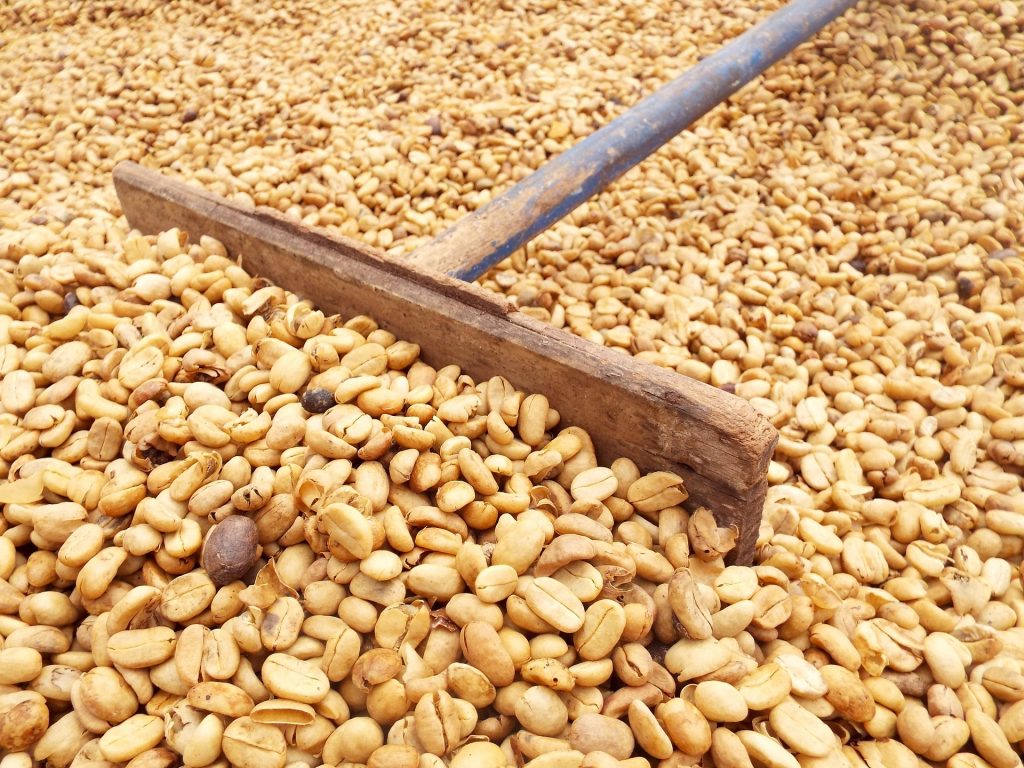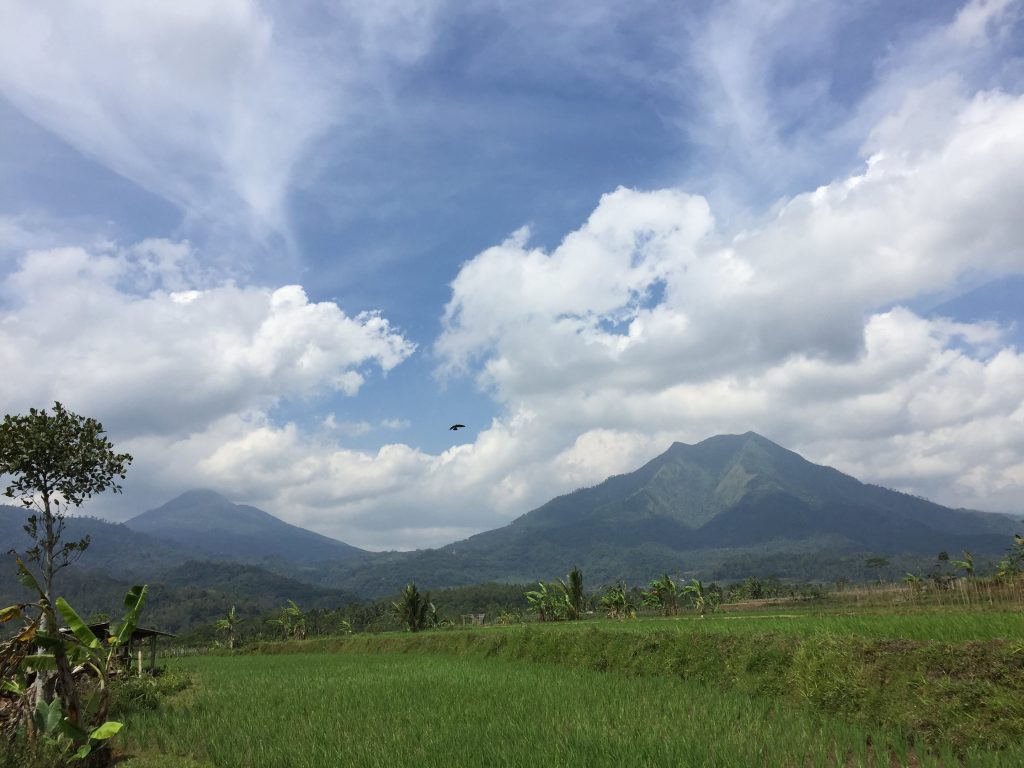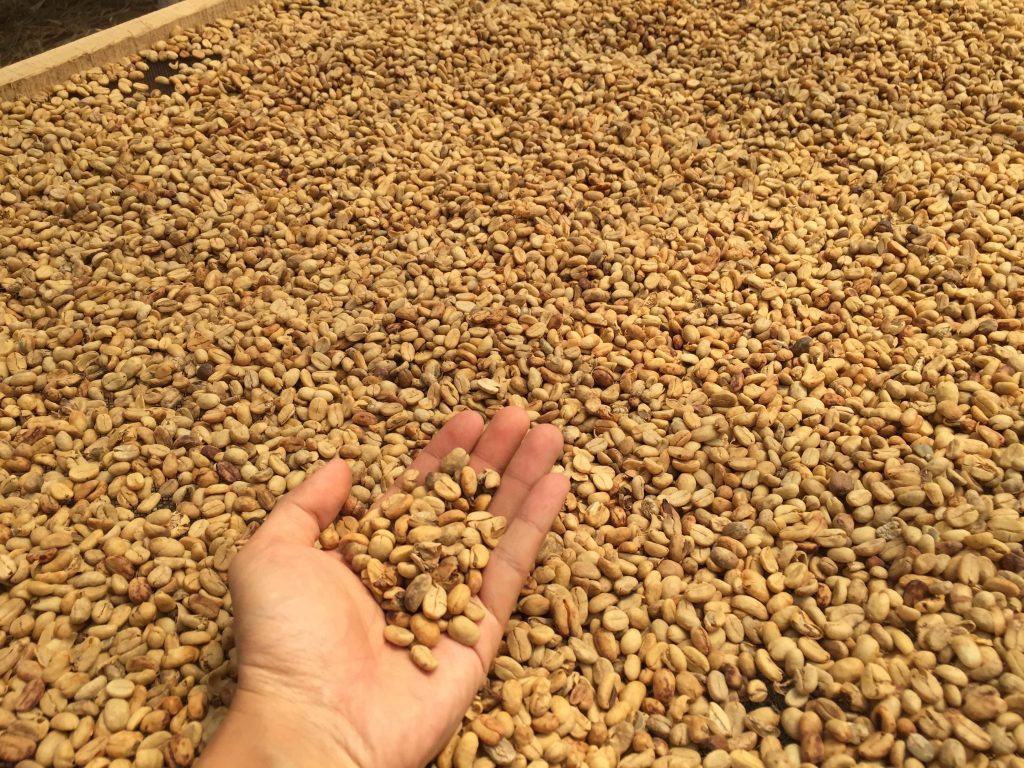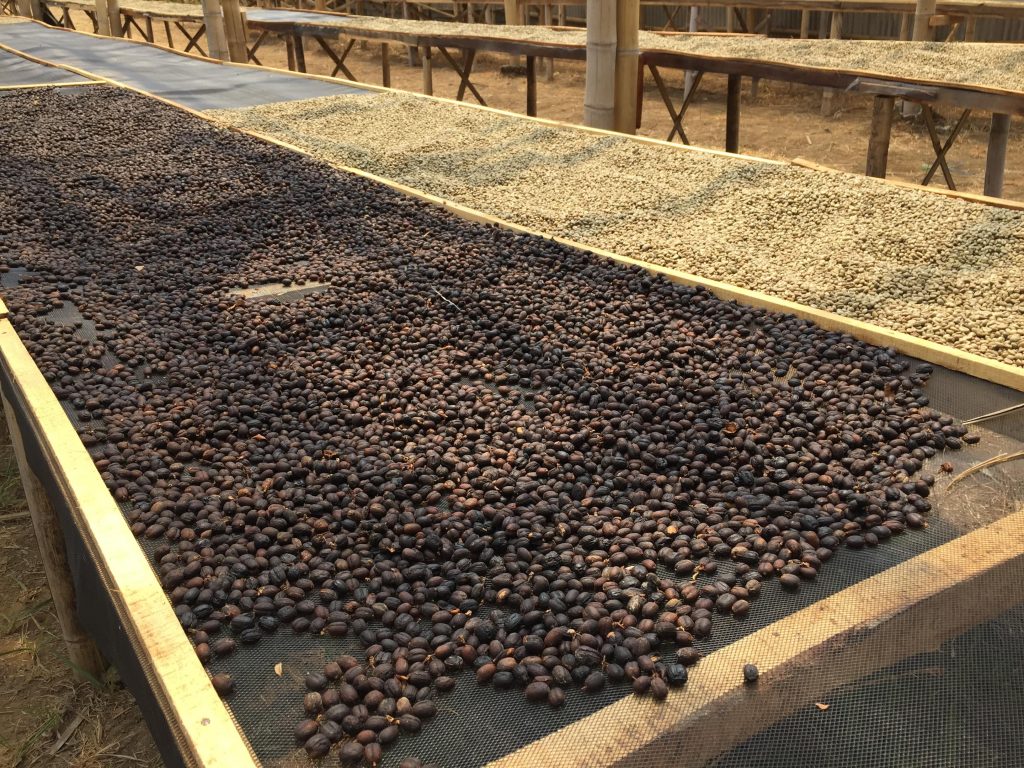Our Origins > Java
The beginning of the coffee industry in Indonesia can be traced back to the arrival of Arabica coffee on the shore of Java in 1699. Although the native farmers of Java were the first to cultivate Arabica, it soon spread throughout many provinces of Indonesia. By 1712, years of harvesting provided the first bag of Indonesian coffee to be exported to Amsterdam. Over the years, as exports have grown, so has the reputation of Java coffee.
Javan coffees are usually fully washed, and known for their low acidity and heavy body. We select our Java coffees on the basis of their cup profile – we look for a hearty and rich cup, with a weighty mouthfeel, a full body, and some good flavour notes (often figs, dark molasses and clove).
Next up we profile our Ciwidey coffee, which has successfully attracted both domestic and overseas roasters and coffee lovers.

Ciwidey
- Farm: Mt. Halu, Ciwidey
- Region: West Java, Java
- Varietal: Sigarar Utang, Catimor
- Processing: Various (washed)
- Altitude: 1,200 – 1,500 metres above sea level
- Cupping Notes: Sweet ginger, tamarine, light body, pleasant acidity
Besides being famous for its white crater, lakes and hot springs, the Ciwidey area – where this coffee has been grown – has long been known for the tea plantations that have covered the hills since the 18th century. Its rich volcanic soil is also good news for coffee producers, who are equally supported by the area’s high altitude and ideal micro climate, which is perfect for producing top-quality, specialty Arabica coffee.
Coffee processing has improved tremendously throughout the years. Once the coffee is harvested, it is sorted again to ensure only ripe cherries are pulped. The ripe cherries are then floated in a tank to separate ‘floaters’ and damaged cherries.
Coffee is pulped using a pulping machine, and the resulting parchment coffee is then fermented in a fermentation tank for 12 – 14 hours, depending on the climate at the time. After fermenting, the coffee is fully washed by hand in buckets of water, and any additional floaters, if present, are removed.
After washing is completed, parchment is delivered and dried on para para – Indonesian raised beds – or, alternatively, on cement patios laid with canvas. When the parchment reaches 20-25% moisture content and is still warm from drying in the sun, it is hulled using a wet huller. After hulling, the green coffee will continue to the next stage of drying on para para bed until it reaches 12% moisture content. Coffee is then hand selected, again, to remove any visual defects by sorters trained to SCAA Specialty grading specifications.




